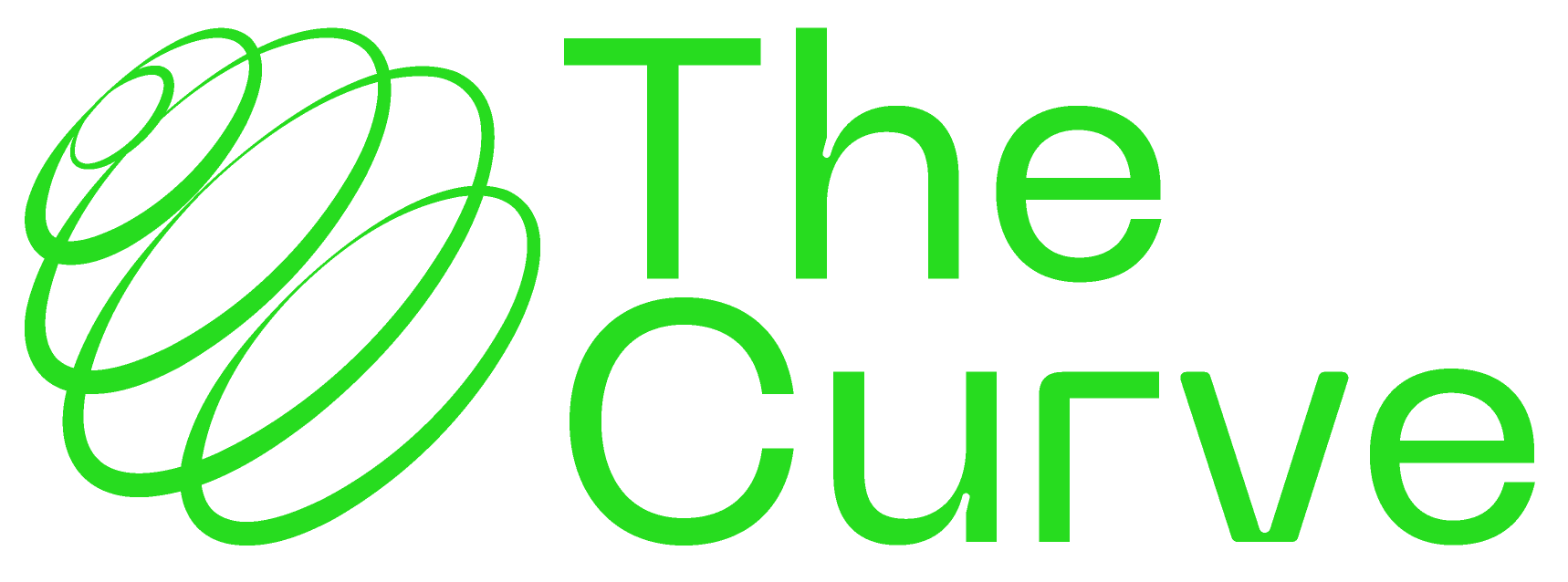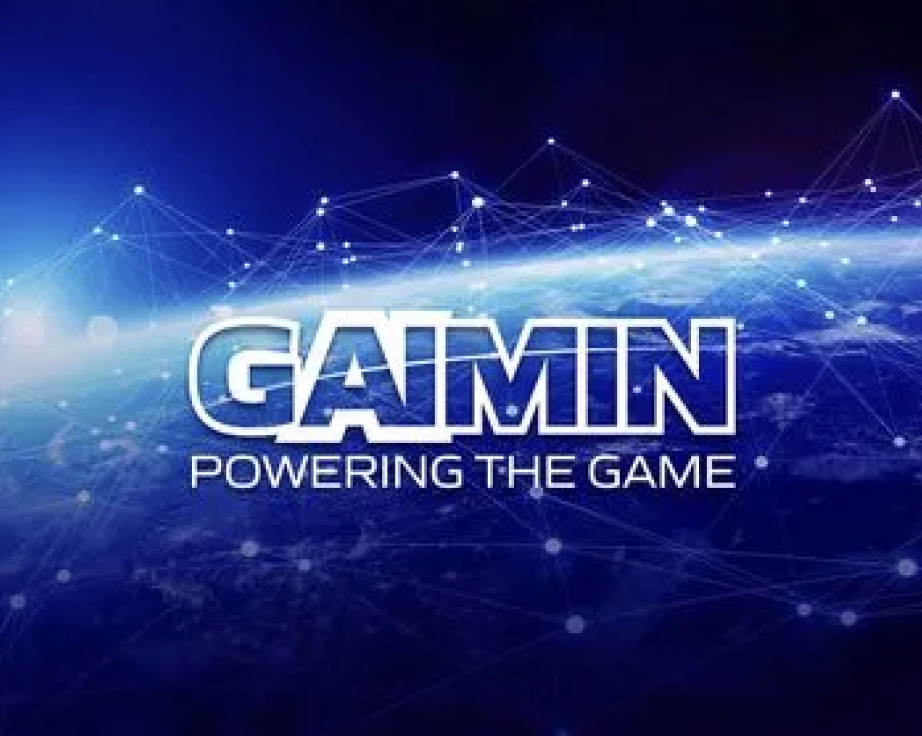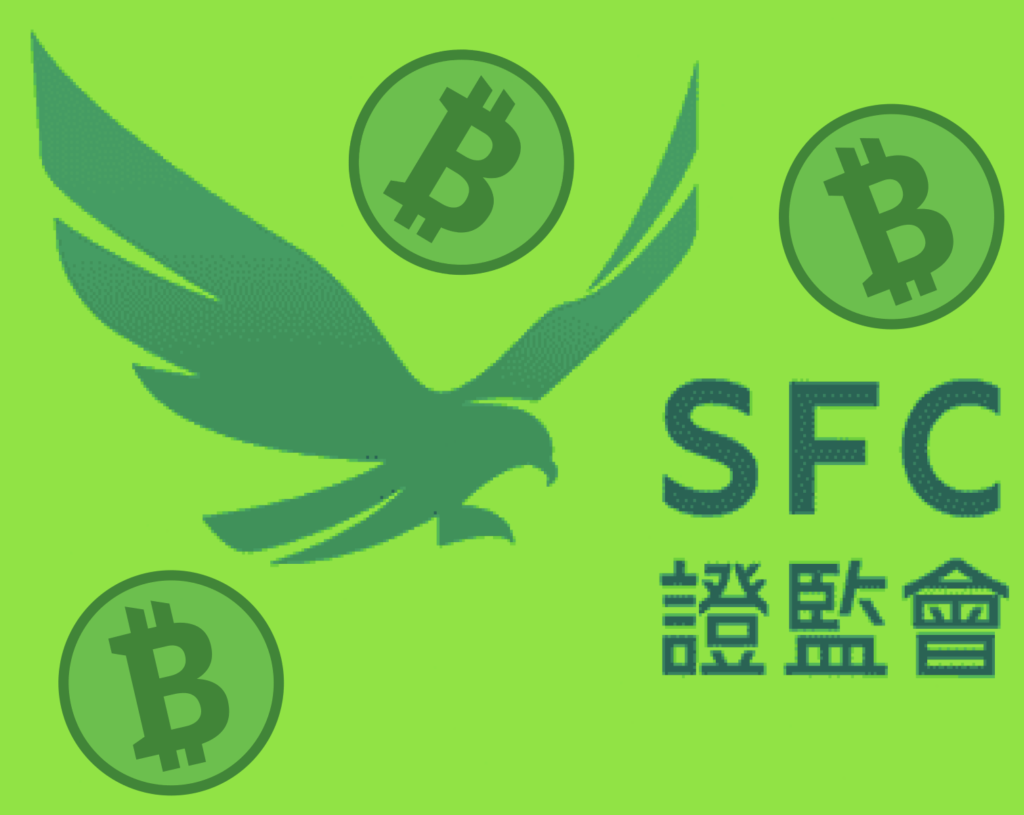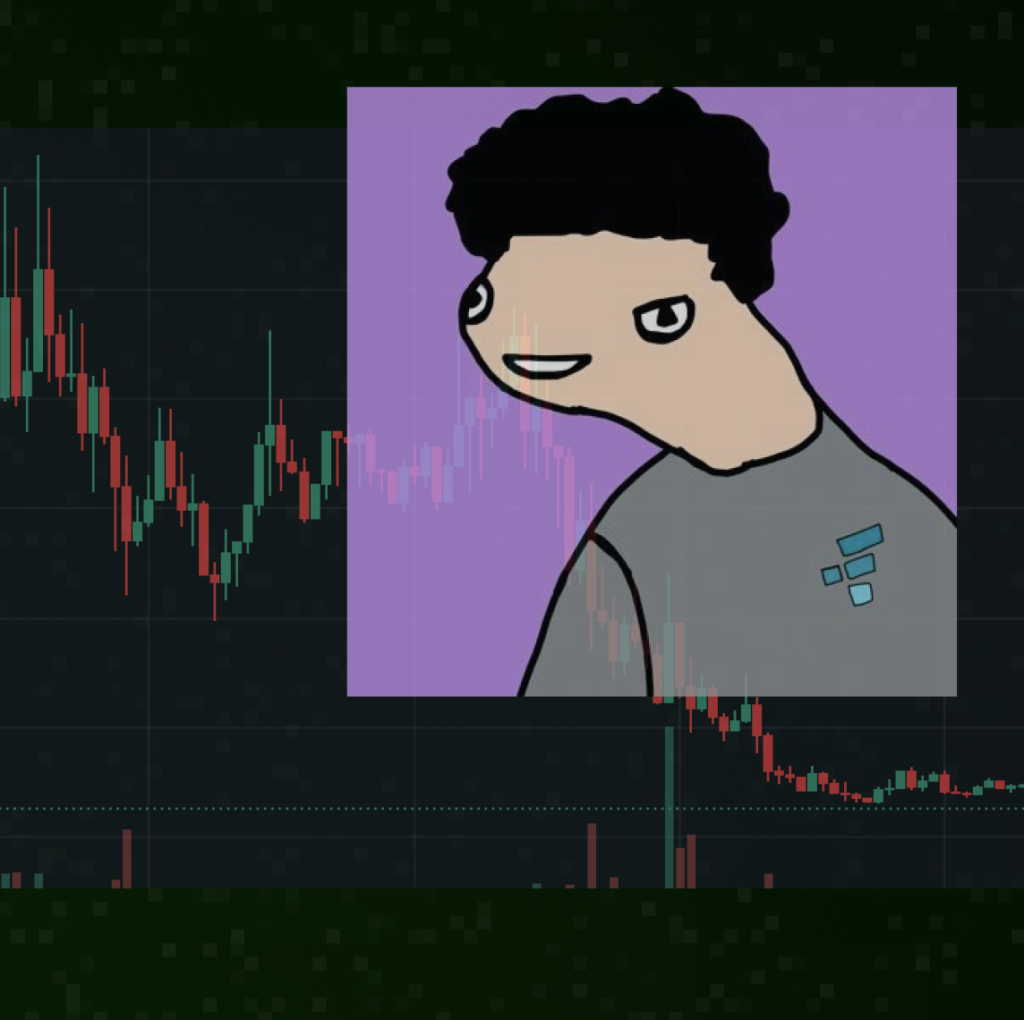
In the tumultuous seas of the crypto world, Solana sails with a unique blend of promise and controversy. As the sun sets on 2023, we find ourselves at a crossroads—a juncture where community resilience, centralization debates, and bullish predictions converge. Let us unfurl the sails and chart Solana’s course.
Solana vs Ethereum: Solving the Scalability Problem
Solana’s appeal has always lied in its high throughput and unique multi-layered consensus structure. Its PoH (Proof of Histry) mechanism allows for rapid transaction confirmation, compared to Ethereum’s PoW mechanism, which is subject to network congestion and high gas fees.
On the other hand, Solana’s lightning-fast transaction processing—around 50,000 transactions per second (TPS)—dwarfs Ethereum’s 15-45 TPS. All of these advantages make Solana a fierce competitor to the godfather of DeFi.
The Community Anchors
Solana’s voyage is steered by a fiercely loyal community that defies the storms. Despite the industry’s tempests, developers—especially new ones—kept building on Solana throughout 2023. The numbers tell the tale:
- 3300 active developers toiled on Solana as of Q4 2023, according to Electric Capital.
- The ecosystem witnessed an average of 40.7 million daily user transactions in the same period, as reported by Messari1.
- 450,000 daily unique fee payers in December 2023 further underscored Solana’s vibrancy.
This community, a mosaic of devs, artists, users, and businesses, flocked to Solana’s shores. The allure? Scalability, low-latency transactions, and a promise of decentralized finance (DeFi) and non-fungible tokens (NFTs).
The Centralization Quandary
Yet, Solana’s strength is also its Achilles’ heel. The architecture that enables high throughput and rapid confirmations leans toward centralization. Seven hundred nodes hum, their whispers reaching every corner. Whales, those leviathans of crypto, back Solana’s voyage. But the compass quivers—centralization, a siren song. Can Solana navigate these treacherous waters without losing its soul?
The Ripple Effect of Legal Battles
In 2023, the SEC squared off against Ripple, questioning whether XRP was a security. The courtroom became the battleground, and the verdict? Not so simple. The SEC’s case crumbled, leaving the agency with a bloody nose. Meanwhile, Grayscale, the crypto asset manager, also took the SEC to task over its bitcoin ETF rejection. The judges ruled in favor of Grayscale, calling the SEC’s move “arbitrary and capricious.” The regulators stumbled, and the crypto industry watched, battle-hardened and wary.
The Art of Compromise
As we enter 2024, the landscape shifts. The SEC’s Gensler remains resolute, but the losses sting. The CFTC, once a fierce adversary, now seeks settlements with crypto exchanges. The crypto industry, too, has scars. It yearns for clarity, not just enforcement. The path forward lies in compromise—a truce that allows innovation to flourish while safeguarding against abuse. The SEC’s regulatory playbook needs an update, and the industry must meet it halfway.
The Long Game and Interoperability
The Solana team knows that it’s a marathon, not a sprint. Solana’s crew readies for Breakpoint 2024 in Singapore—a rendezvous with destiny. Cross-chain integration beckons—a bridge to other realms. Interoperability, the wind in its sails, whispers of collaboration with major blockchain networks. The crew, once adrift, found their bearings. The backbone of the decentralized web, Solana steers toward its next leap. The compass spins, the stars wink. The crypto seas await.
What Lies Ahead
In 2024, Solana’s potential lies in its ability to balance innovation with decentralization. The community, battle-tested and passionate, will continue to build, create, and explore. Breakthroughs await—the kind that redefine how we transact, create, and trust. As the sun rises on this crypto voyage, Solana’s sails billow with promise. The course is set. The horizon beckons.

 Adam
Adam
SHARE
HOT TOPICSFEATURED30 Mar 2024

MARKET TRENDS30 Mar 2024

MARKET TRENDS29 Mar 2024

HOT TOPICSVel architecto quo.
29 Mar 2024








